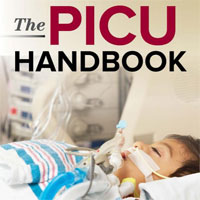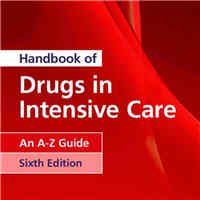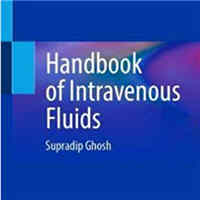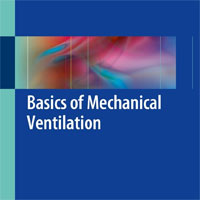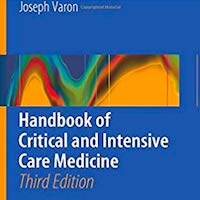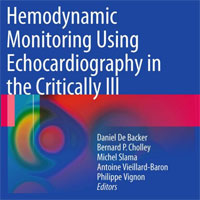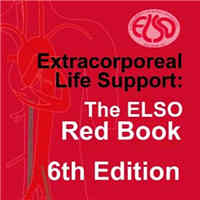Tag: treatment
PLASMIC Score Role in the Management of Thrombotic Thrombocytopenic Purpura
At centers that are resource-limited and where ADAMTS-13 testing is not readily available, it is imminent that treatment is started immediately based on the clinical presentation and PLASMIC score. A PLASMIC score can... read more
Oral PCSK9 Inhibitor Could Help Reduce LDL-C by 60%
New research from a phase 2b trial presented at American College of Cardiology meeting (ACC) 2023 suggests an oral PCSK9 inhibitor could help reduce LDL-C by 60% in patients with or at-risk for atherosclerotic cardiovascular... read more
Advances in Microbiology, Infectious Diseases and Public Health: Volume 15
This book series focuses on current progress in the broad field of medical microbiology, and covers both basic and applied topics related to the study of microbes, their interactions with human and animals, and emerging issues... read more
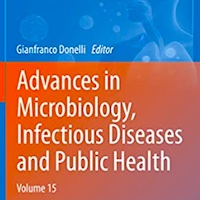
Targeted Immunomodulation: A Primer for Intensivists
Targeted immunomodulation is a topic that gained wide interest from translational researchers in the past decades, yet immunomodulatory drugs were not frequently administered to intensive care patients. The coronavirus... read more
Acute Lung Injury and Repair: Scientific Fundamentals and Methods
Acute Respiratory Distress Syndrome (ARDS) remains an important cause of morbidity and mortality worldwide, and the incidence is predicted to increase with the aging population. Several clinical disorders can initiate... read more
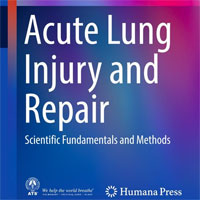
COVID-19 Treatment Guidelines New Version Published
The COVID-19 Treatment Guidelines Panel (the Panel) is pleased to announce the publication of an updated version of the Coronavirus Disease 2019 (COVID-19) Treatment Guidelines. In the United States, the prevalence of... read more
Interim Clinical Treatment Considerations for Severe Manifestations of Mpox
The Centers for Disease Control and Prevention (CDC) released a Morbidity and Mortality Weekly Report (MMWR) titled "Interim Clinical Treatment Considerations for Severe Manifestations of Mpox—United States, February 2023."... read more
Bempedoic Acid Associated with Lower Risk of Cardiovascular Events
Among statin-intolerant patients, treatment with bempedoic acid was associated with a lower risk of major adverse cardiovascular events (death from cardiovascular causes, nonfatal myocardial infarction, nonfatal stroke, or... read more
Early evaluation of heart rate variability can predict the outcome of patients in the ICU
The study evaluated the use of heart rate variability (HRV) to predict the outcome of patients in the ICU. HRV is a way to evaluate the cardiac effects of the autonomic nervous system, and a relation between HRV and outcome... read more
Acute Effects of Ketamine on ICP in Children With Severe TBI
In this retrospective, exploratory study, intracranial pressure (ICP) did not increase following ketamine administration. In the setting of a guidelines-based protocol, ketamine was associated with a reduction in ICP during... read more
Baricitinib or Tocilizumab for Severe COVID-19 Treatment
Pharmacologic treatment of COVID-19 has continued to evolve since the onset of the pandemic, and yet many questions remain about optimal treatment. Medicine strives to provide evidence-based guidance on treatments, but... read more
6 Days Higher-Dose Ivermectin vs. Placebo on Time to Sustained Recovery in COVID-19 Outpatients
Among a largely vaccinated outpatient population with mild to moderate COVID-19, treatment with ivermectin, with a targeted maximum dose of 600 μg/kg daily for 6 days, compared with placebo was not shown to improve time... read more
Intracranial Pressure: Current Perspectives on Physiology and Monitoring
Intracranial pressure (ICP) monitoring is now viewed as integral to the clinical care of many life-threatening brain insults, such as severe traumatic brain injury, subarachnoid hemorrhage, and malignant stroke. It serves... read more
Heterogeneity in Pediatric ARDS: Challenges and Complexities in Diagnosis and Treatment
Pediatric intensive care physicians are well-acquainted with the concept of heterogeneity, as the patients, pathologies, and treatments they encounter can vary greatly both within the pediatric intensive care unit and within... read more
Feed Intolerance Reversal by Prokinetics Improves Survival in Critically Ill Cirrhosis Patients
Feed intolerance (FI) is common in critically-ill cirrhosis patients and non-resolution carries high mortality. Early recognition and treatment with prokinetics is recommended to improve short-term survival. Of the 1,030... read more
Plasma Exchange in the ICU
In this narrative review, we discuss the relevant issues of therapeutic plasma exchange (TPE) in critically ill patients. For many conditions, the optimal indication, device type, frequency, duration, type of replacement... read more
Care Step Pathway an Effective Tool For Clinicians Caring for Mechanical Ventilated COVID-19 Patients
The Care Step Pathway (CSP) described in this article was developed to increase awareness of the potential association of SARS-CoV-2 infection with invasive fungal infections, particularly pulmonary aspergillosis. The... read more
Intra-Abdominal Hypertension – Core Critical Care
The most popular book at ISICEM meeting. Despite increasing interest in intra-abdominal hypertension (IAH) and abdominal compartment syndrome (ACS) as causes of significant morbidity and mortality among the critically ill,... read more
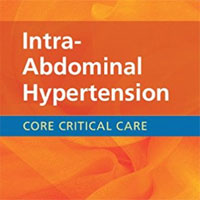
Baricitinib in COVID-19 Patients
In patients hospitalized with COVID-19, baricitinib significantly reduced the risk of death but the size of benefit was somewhat smaller than that suggested by previous trials. The total randomized evidence to date suggests... read more
Optimizing the Design and Analysis of Future AKI Trials
Acute kidney injury (AKI) is a complex clinical syndrome associated with an increased risk of morbidity and mortality, particularly in critically ill and perioperative patient populations. Most AKI clinical trials have... read more
Intravenous Tenecteplase vs. Alteplase for Acute Ischemic Stroke
Between Dec 10, 2019, and Jan 25, 2022, 1,600 patients were enrolled and randomly assigned to tenecteplase (n=816) or alteplase (n=784), of whom 1577 were included in the intention-to-treat (ITT) population (n=806 tenecteplase;... read more
Temporal Trends and Hospital Variation in Time-to-Antibiotics Among Veterans Hospitalized with Sepsis
This cohort study across nationwide VA hospitals found that time-to-antibiotics for sepsis has declined over time. However, there remains significant variability in time-to-antibiotics not explained by patient characteristics,... read more


